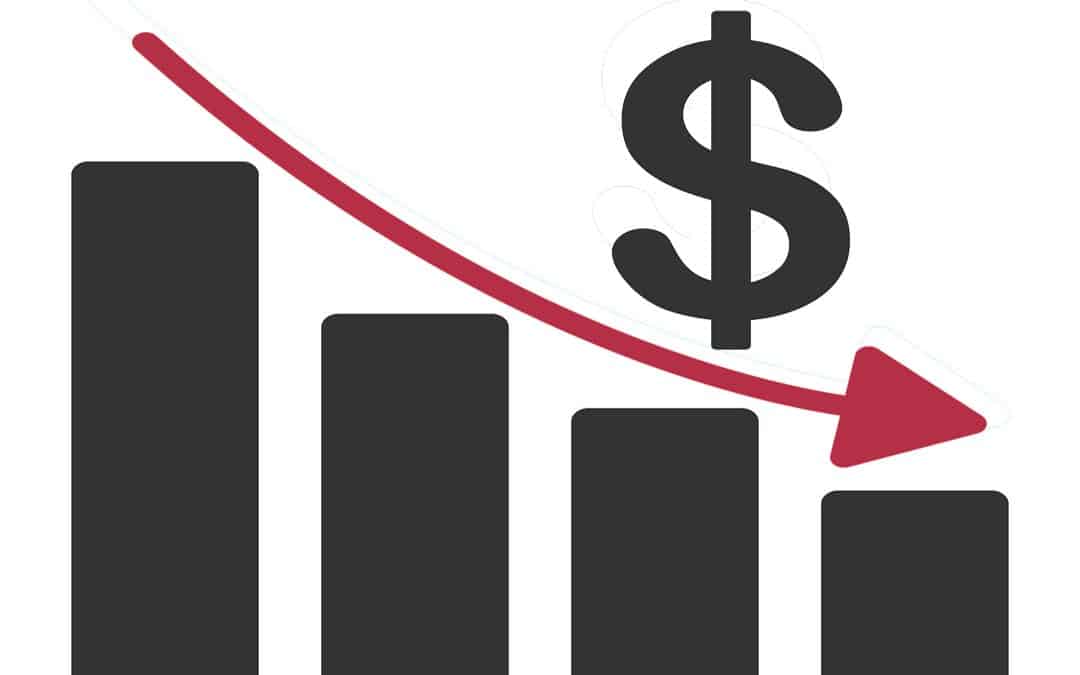Following declaration of a global pandemic over the COVID-19 virus and subsequent crash of the stock market, many of us feel like we live in a different world than we did a week ago. In fact, we do not. It’s the same world, I swear! We still have the same responsibilities that we had before this crisis, in addition to new ones. Humans are the most adaptive species on the planet and now is our time to rise above these challenges and show that we can evolve.
As property managers, your communities will be looking to you for a steady hand to help get them through the storm. We at Honeydew are not experts on public health matters. For this, we would refer you to this article from the Harvard Gazette and this resource page at the CDC. Instead, we’ll focus on what we know best: controlling expenses! Somebody has to make sure the lights stay on … and that person is you.
Recession thrives in uncertainty. Thankfully, when it comes to managing your operating budget, you can instill certainty into the process. Incentives for solar in DC are exceptionally lucrative. These can be leveraged for generous third party owned scenarios that cost you nothing upfront. Solar providers will often be willing to pay you large upfront sums or ongoing revenue streams to host a solar energy system on your roof. Power Purchase Agreements (PPAs) allow you to lock in prices on electricity for up to 20 years at substantial discounts relative to the utility.
A further reason to look at a solar project in 2020 is because 99% of the construction takes place on the exterior of a building. Your residents may be rightfully wary of contractors doing work on the interior of your building. It may make sense to delay interior projects to 2021 and focus on exterior projects like solar or stormwater mitigation.
If solar isn’t an option, you can also take advantage of a fixed electric and natural gas supply rate. While oil prices have collapsed, there is surprisingly low correlation between oil prices and the price of electricity. The reason for this is simple: Oil accounts for only 0.5% of total electrical production in the US. Coal and natural gas produce over 60% of our electricity. While most utilities do NOT expect disruptions in these supply lines in the near future, it’s certainly not outside the realm of possibility. Additionally, most fixed rates we are seeing in the market are well below the variable supply rate offered by the utility. These rates can be locked for terms ranging from 6 months to 4 years. Want to see what your options are? Shoot me an email at az@honeydewadvisors.com.
Achieving these projects will help give you a sense of accomplishment and show your community that some things are getting better even while other aspects of our society go through major challenges. Never underestimate the power of positive morale. Looking for some wins in troubled times? Someone to bounce some ideas off? Please give us a call or use our web chat. We’re here to support you and are always happy to hear from you.

